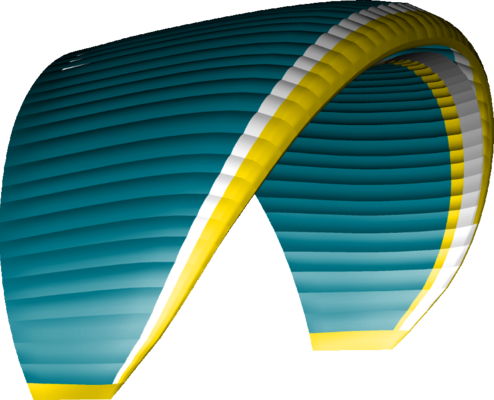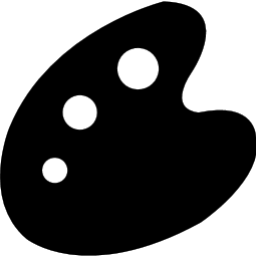A vector tape near the trailing edge has various advantages. Firstly, this tape reduces the crease in the upper surface that is created when braking. Secondly, the wing is more compact, i.e. the wing deforms less during glides in moving air. To maximise both these advantages, it was necessary to locate this vector tape very far back in the area of the mini-ribs.
NOVA Air Scoop is an optimised air intake, which increases the internal wing pressure. NOVA's Air Scoop principle is similar to the ram-air inlet duct on a sports car: increased airflow produces higher pressure. Higher internal pressure in a paraglider means improved performance through increased structural stability and collapse resistance.
Zig-Zag 3D-Shaping is the next step to an even smoother wing nose. As well as Double 3D-Shaping, two parallel seams which stretch the entire length of the upper surface span, each cell located at the nose has a further diagonal 3D-Shaping seam. This forms a striking zig-zag pattern. This means the seam runs more cleanly and is more aerodynamically advantageous.
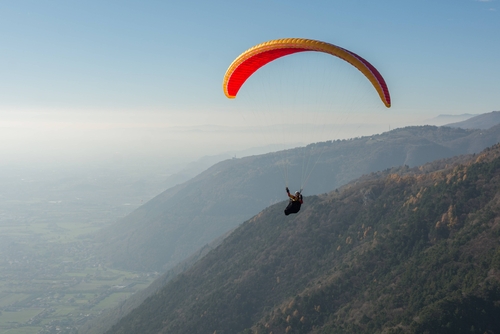
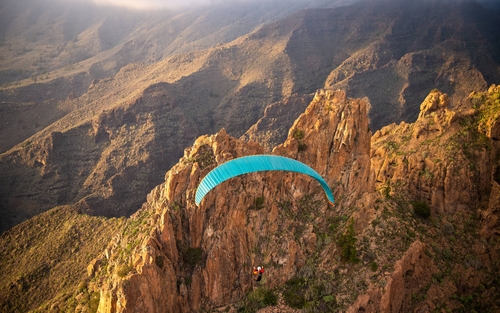
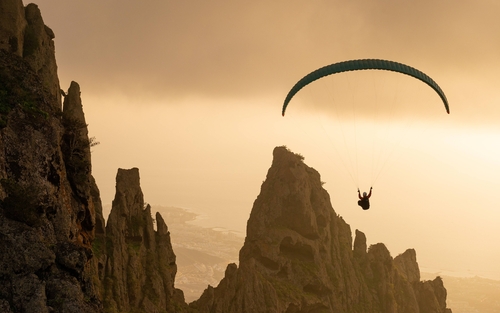


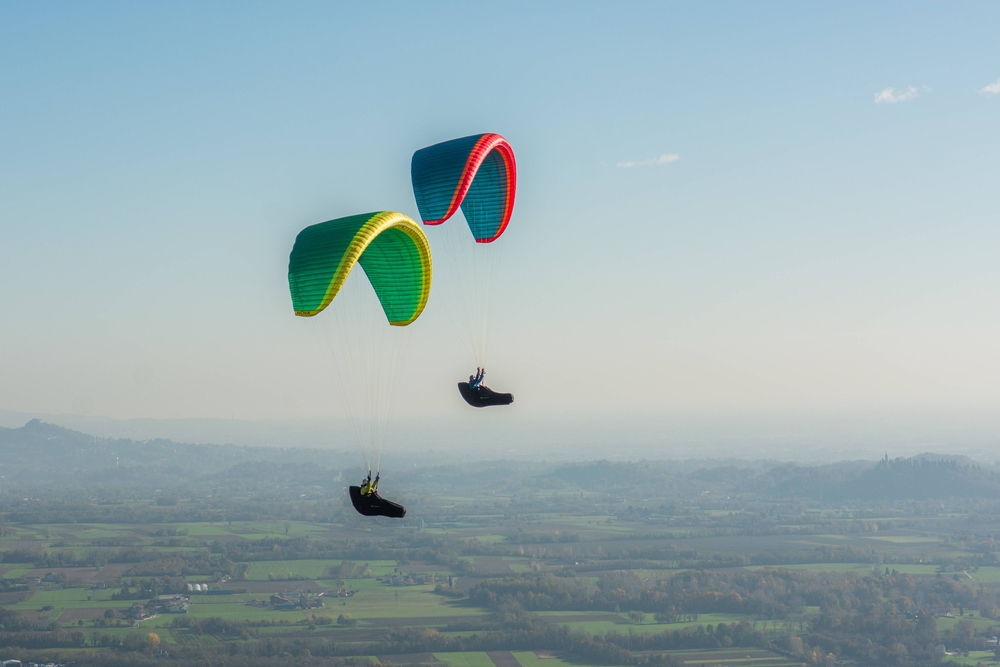
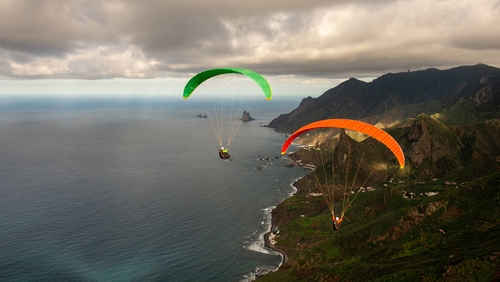
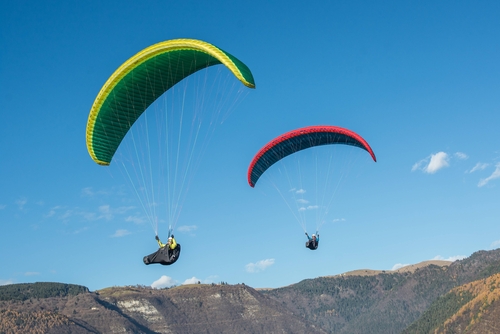
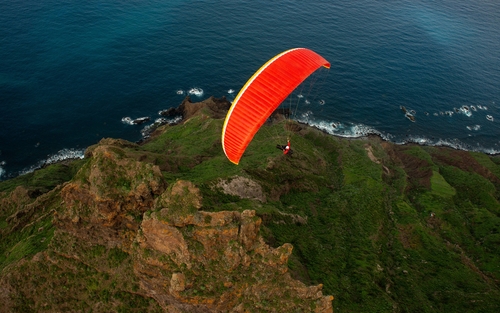
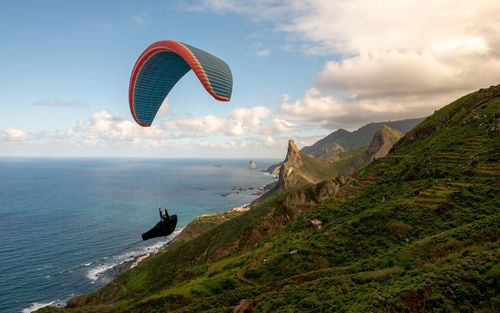
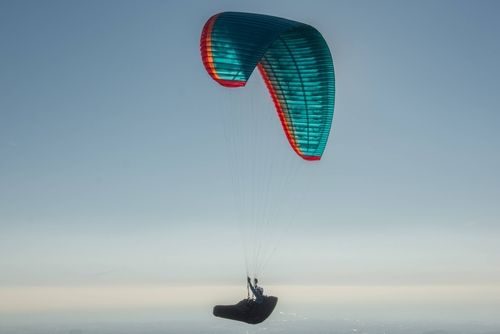
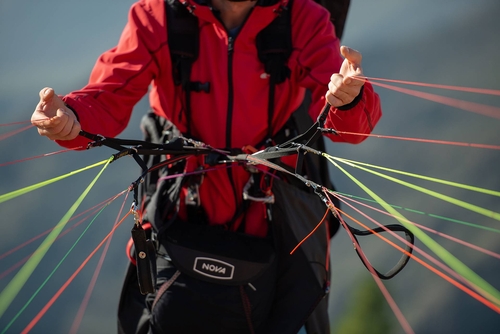
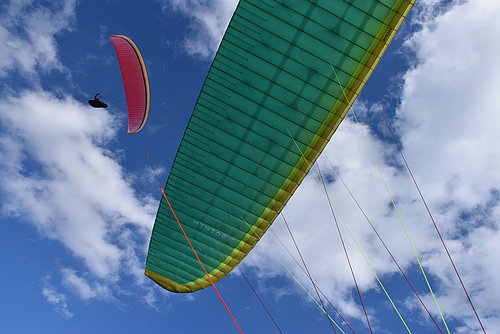
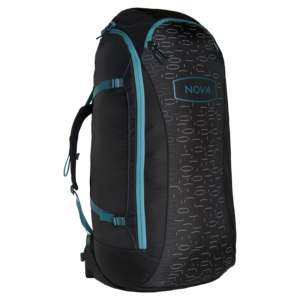 NOVA Rucksack.
NOVA Rucksack.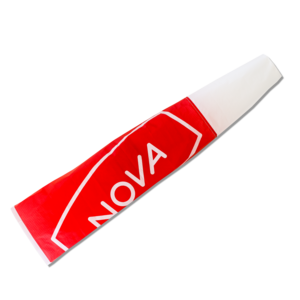 NOVA windsock.
NOVA windsock.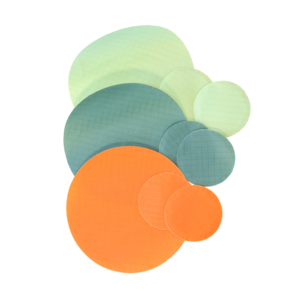 Repair kit.
Repair kit.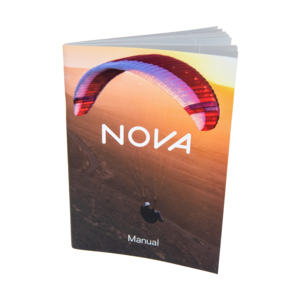 Manual.
Manual.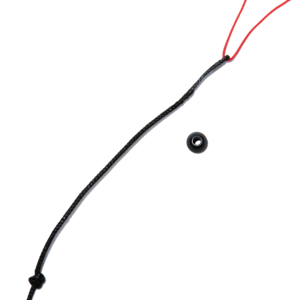 Speed system cords.
Speed system cords.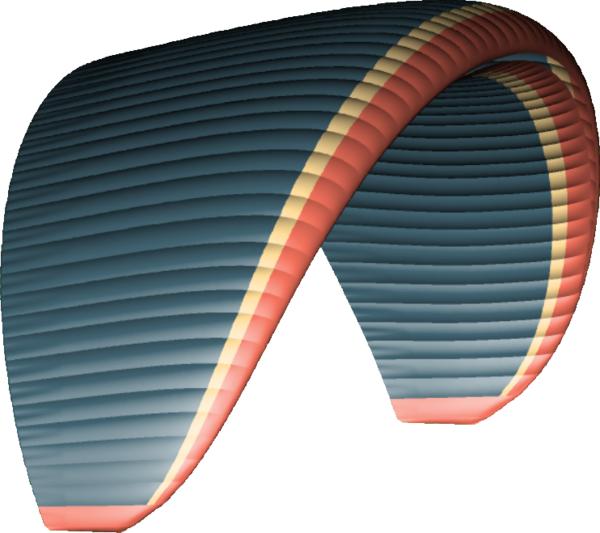 Blue
Blue
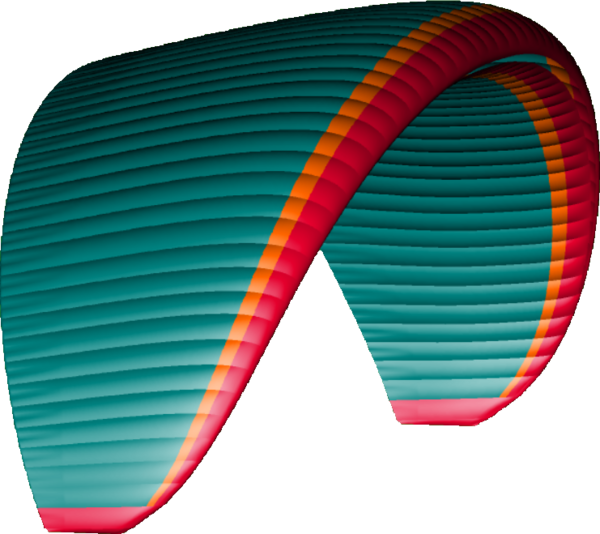 Aqua
Aqua
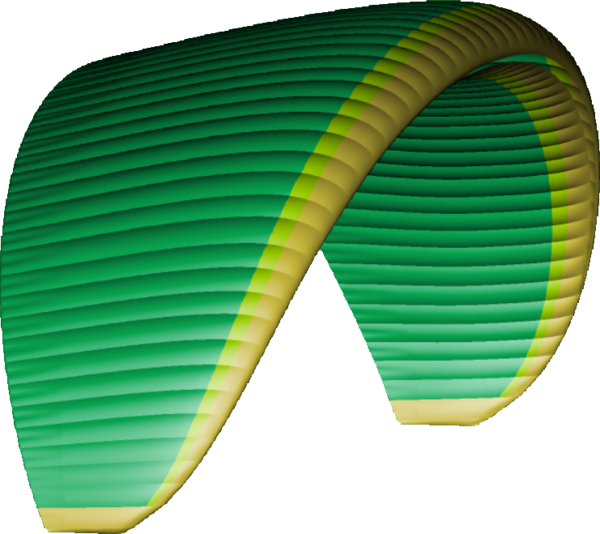 Green
Green
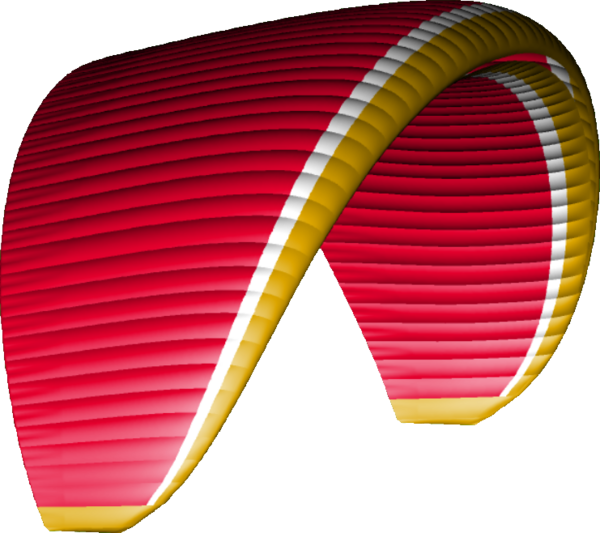 Red
Red
